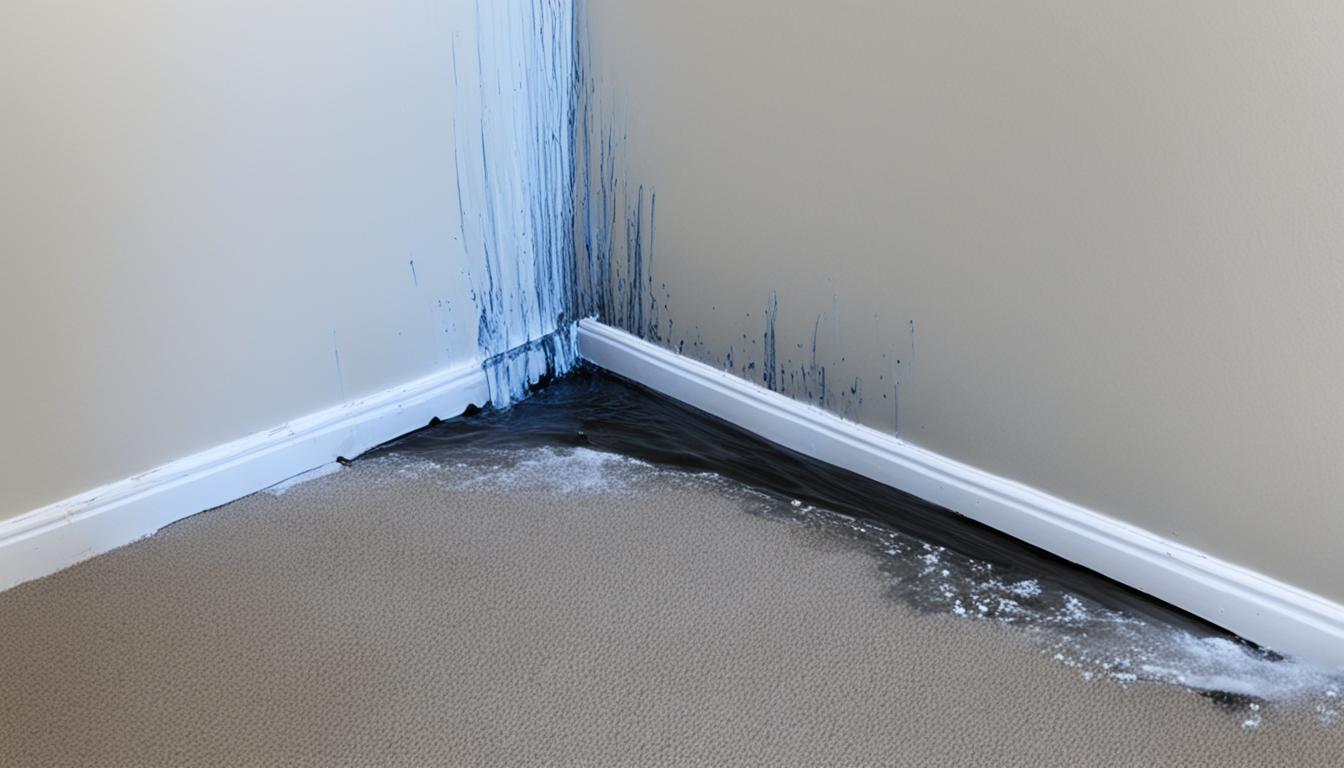Water damage can strike unexpectedly, wreaking havoc on homes and businesses alike. Whether it’s caused by natural disasters such as floods, burst pipes, or plumbing leaks, the aftermath can be devastating. Not only can water damage lead to structural issues, but it also poses significant health risks due to the potential growth of mold and mildew. A prompt and effective water damage repair is essential to restoring your property to its pre-damage condition and safeguarding your health and belongings.
This article delves into the critical steps involved in water damage repair, offering valuable insights on how to handle the situation efficiently. From initial assessment and water extraction to drying and restoration, we will guide you through the process, helping you understand when to call in professionals and how to mitigate further damage. Equip yourself with the knowledge necessary to respond swiftly to water emergencies and ensure your peace of mind during challenging times.
Initial Assessment and Water Extraction
The first crucial step in water damage repair is conducting a thorough assessment of the affected area. This involves identifying the source of water, the extent of the flooding, and potential structural issues. Once the initial evaluation is complete, water extraction can begin, which is vital in preventing further damage. Utilizing industrial pumps and wet vacuums, professionals can remove standing water efficiently. For homeowners looking to enhance their response strategies, essential tips can be found at https://sbhinter.com/essential-water-damage-repair-tips-every-homeowner-should-know/, which focus on effective water removal techniques and equipment.

Drying and Restoration
After water extraction, the drying process must commence promptly to mitigate mold growth and further structural damage. Industrial-grade fans and dehumidifiers are often employed to ensure that all moisture is removed from the affected materials, including walls, floors, and furniture. Restoration is the final phase, where damaged structures and belongings are repaired or replaced. This could involve everything from drywall replacement to deep cleaning carpets. Engaging with professionals during this stage is often beneficial, as they possess the expertise to restore your property safely and efficiently.
In conclusion, effective water damage repair is a multi-step process that requires swift action and careful planning. By conducting an initial assessment, extracting water, and ensuring thorough drying and restoration, property owners can significantly reduce the risk of long-term damage and health hazards. It’s essential to prioritize both immediate response and long-term restoration strategies, particularly when dealing with challenging materials and structural integrity. While homeowners can take proactive steps, enlisting the help of trained professionals is often the best approach to navigated the complexities of water damage repair. With the right knowledge and resources, you can confidently tackle water emergencies and protect your home or business from the repercussions of water damage.



